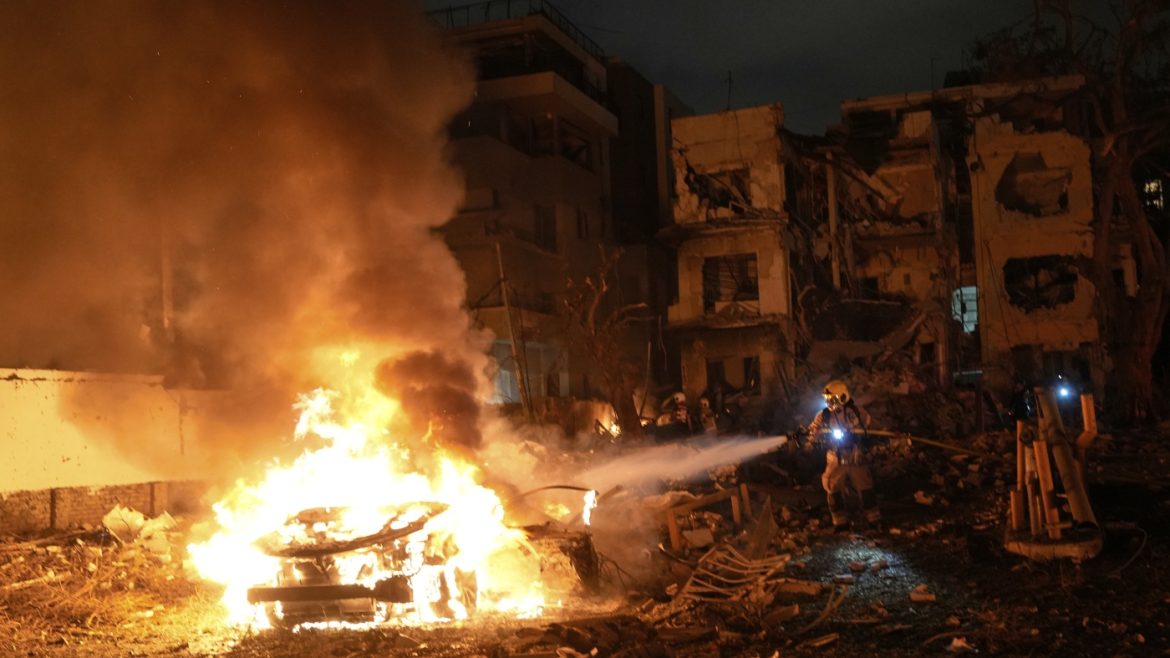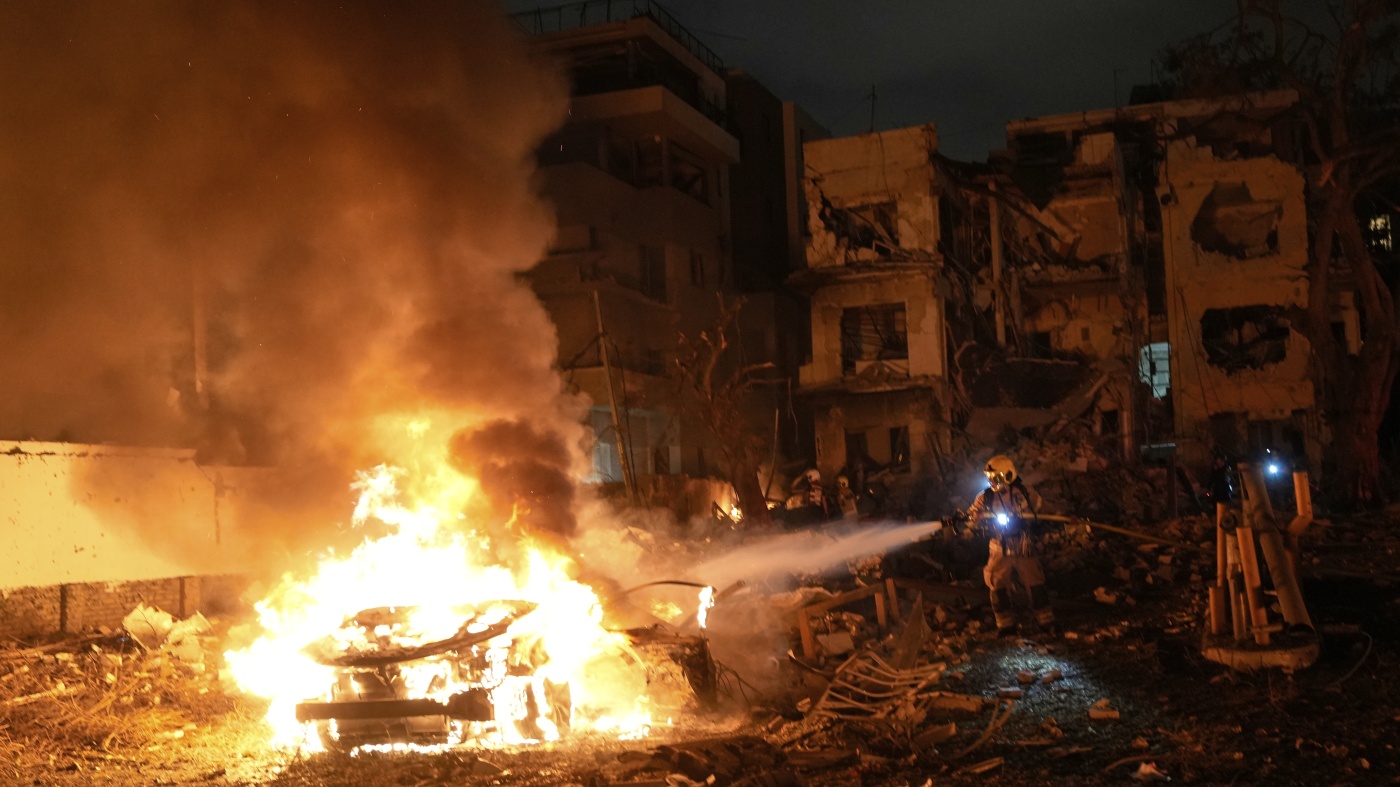The ongoing clash between Israel and Iran has dramatically escalated over the past four days, with both countries exchanging deadly missile and drone strikes that have caused significant casualties and widespread destruction. This intense conflict marks one of the most severe confrontations between the two nations in recent history, stirring fears of a broader Middle Eastern crisis.
Escalation of Hostilities: A Four-Day Conflict
The latest phase of violence began with Israel launching airstrikes deep inside Iran, targeting over 400 sites including missile facilities, air defense systems, and command centers closely tied to Iran’s elite Quds Force, part of the Islamic Revolutionary Guard Corps. Notably, Iranian military and nuclear scientists have been among the casualties, highlighting the strategic intent behind Israel’s efforts to disable Iran’s military capacity and nuclear ambitions.
In response, Iran has retaliated with a barrage of approximately 100 ballistic missiles and drone strikes targeting Israeli cities, notably Tel Aviv and Haifa. These strikes have destroyed homes, key infrastructure such as power plants, and caused at least 18 Israeli deaths and nearly 100 injuries. The missile assaults have triggered sirens and activated Israel’s missile defense systems, including the Iron Dome, underscoring the crisis’s intensity.
Strategic Targets and Military Impact
Israel’s air operations have focused on critical Iranian military infrastructure, including Tehran’s defense ministry headquarters and command centers of the Quds Force. The destruction of an Iranian refueling aircraft at an airport 2,200 kilometers from Israeli territory illustrates Israel’s operational reach and its commitment to degrading Iran’s logistical capabilities.
Iran’s missile campaign, conversely, has targeted population centers aimed at coercing Israel through direct attacks on civilian areas, creating casualties and infrastructure disruption. Haifa’s power plant fire after missile strikes exemplifies the blend of military and civilian targets, heightening fears of sustained infrastructural damage.
Regional and Global Concerns
The conflict’s rapid intensification threatens to destabilize the already volatile Middle East. World leaders, including those at the G7 summit, have expressed concern over the hostilities, warning of potential spillover into neighboring countries or a broader regional war. Given Iran’s network of proxies and allies throughout the region, coupled with Israel’s advanced military capabilities, this confrontation could provoke expanded involvement beyond the immediate belligerents.
International diplomatic channels remain largely open but tense, with no visible signs of imminent ceasefire or negotiation. The Israeli government has vowed to continue targeting Iranian assets, while Tehran reiterates its commitment to retaliate, signaling a potentially protracted conflict.
Human Cost and Civilian Impact
Beyond strategic considerations, the human toll is mounting rapidly. Israeli deaths have reached at least 18, with nearly 100 injured from missile and drone attacks. Iranian casualties are also high, with reports of over 70 deaths including military personnel and scientists significant to Iran’s nuclear program. Both populations are suffering psychological stress from the persistent threat of airstrikes and missile attacks, with emergency services stretched thin.
Conclusion: A Conflict at a Dangerous Crossroads
The current Israel-Iran hostilities represent a perilous escalation in a long-standing rivalry, characterized by targeted strikes on military and civilian targets, deep-reaching air operations, and mounting casualties. The exchange has entered a critical phase that could either spiral into a broader regional war or force international intervention for de-escalation.
With both sides entrenched in a tit-for-tat strategy and no immediate diplomatic resolution, the conflict underscores the fragility of Middle Eastern geopolitics. The ongoing attacks on urban centers and key military infrastructure highlight the devastating potential of modern warfare between well-armed adversaries in close proximity.
As the world watches anxiously, the unfolding events demand close monitoring. The balance between military action and diplomatic engagement will be decisive in either stabilizing the region or plunging it into deeper instability with far-reaching consequences.


